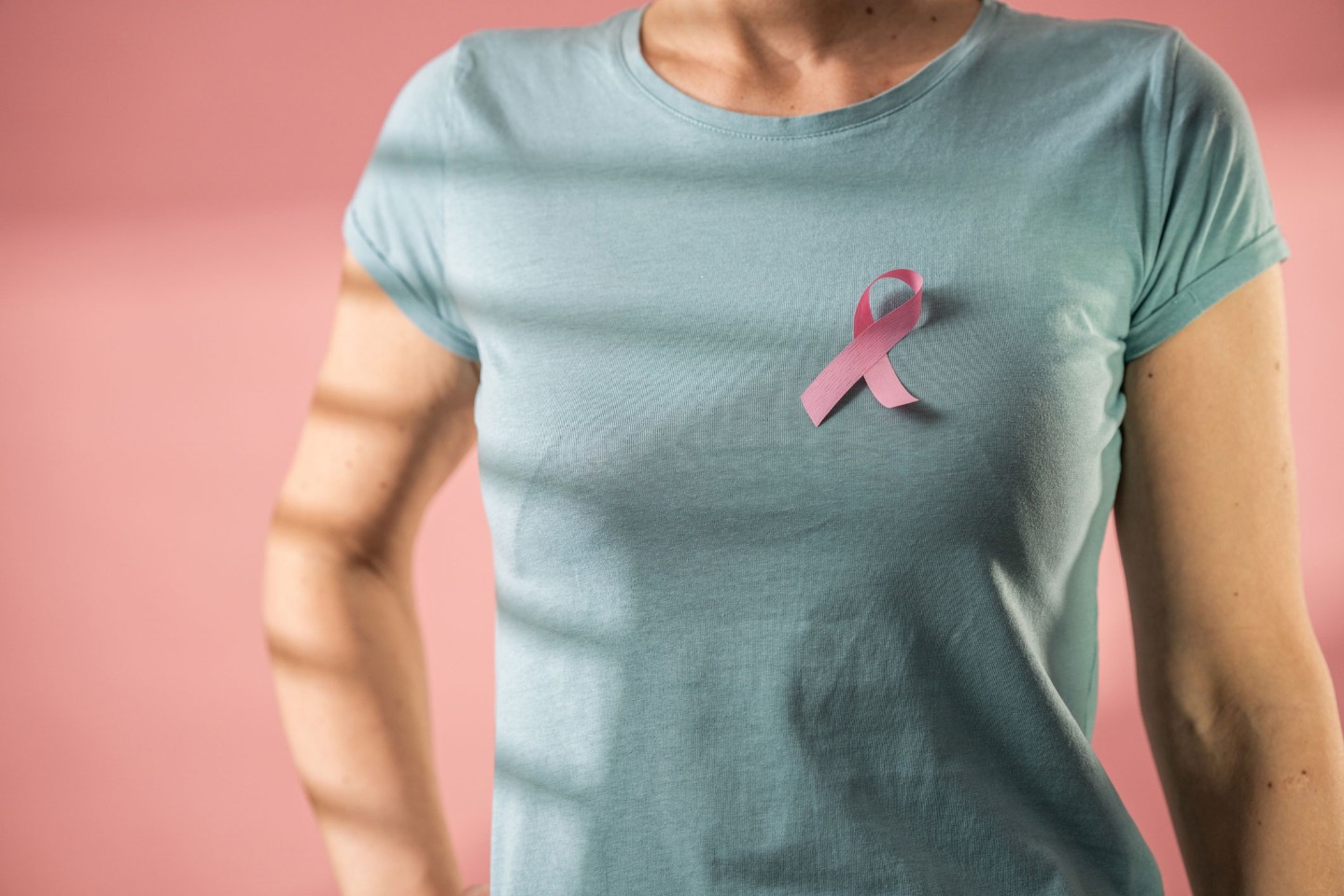Strength Training: Why it is Important for Moms
NOV 05, 2025Progressive overload means consistently challenging your muscles to do a little bit more than they're used to.
Read More
When we talk about breast cancer detection and prevention, we put a lot of emphasis on hereditary risk – and rightfully so. Mutations in the BRCA1 and BRCA2 genes, as well as nearly 10 others, do increase your risk of developing breast, ovarian, and other cancers.
Hereditary breast cancers account for about 14% of all breast cancer cases. That means other factors may be at play for the other 86%. It's crucial to understand that hereditary breast cancer, where a gene mutation is passed down through families, is just one piece of a larger puzzle.
There is also familial breast cancer (increased risk due to family history, but without a known gene mutation) and sporadic breast cancer (no clear hereditary link). Focusing solely on BRCA can overshadow these other important risk factors.
The fact is, we all face a 7 to 13% lifetime risk of developing breast cancer. Being female is the most obvious risk factor, and age is another one because the longer you live, the greater your cumulative exposure to risk factors becomes. There are other factors that are lesser known.
These factors extend the time your body is exposed to your own estrogen, which can have an impact on breast cancer risk.
Dense breast tissue makes it harder to detect cancer on mammograms because both dense tissue and cancer appear white on imaging. This is why 3D mammography and additional screening tools can be essential.
A balanced diet rich in brightly colored fruits and vegetables, lean proteins, and whole grains is important. Regular exercise (at least 150 minutes of moderate-to-vigorous activity per week) is also beneficial.
There has been an association with alcohol consumption and many different cancers, so it’s wise to limit your intake.
Disruptions to circadian rhythms linked to night shift work have been associated with increased cancer risk.
While not directly causative, chronic stress can negatively impact overall health and potentially influence cancer risk.
Prior radiation to the chest increases breast cancer risk.
Findings of atypical cells on biopsy tells us that the breast cells are starting to change, not for the better. Atypical cells can lead to cancer development and increase someone’s risk up to 30% for developing breast cancer.
While some risk factors can’t be changed or modified, there is much you can do to reduce your risk. Maintaining a healthy lifestyle supports your body’s natural defenses. Knowing your family and personal history is crucial in assessing your individual risk and developing a personalized screening plan which begins at age 40, or earlier if you have a strong family history. Don't hesitate to discuss your risk factors and your plan with your provider.

Progressive overload means consistently challenging your muscles to do a little bit more than they're used to.
Read More
Radon is the number one cause of lung cancer in non-smokers and the second leading cause overall, right behind smoking.
Read More
A Nurse Practitioner answers your essential mammogram questions. Understand timing, prep, the procedure, callbacks, and financial options.
Read MoreWhen you need local health information from a trusted source, turn to the CHI Health Better You eNewsletter.